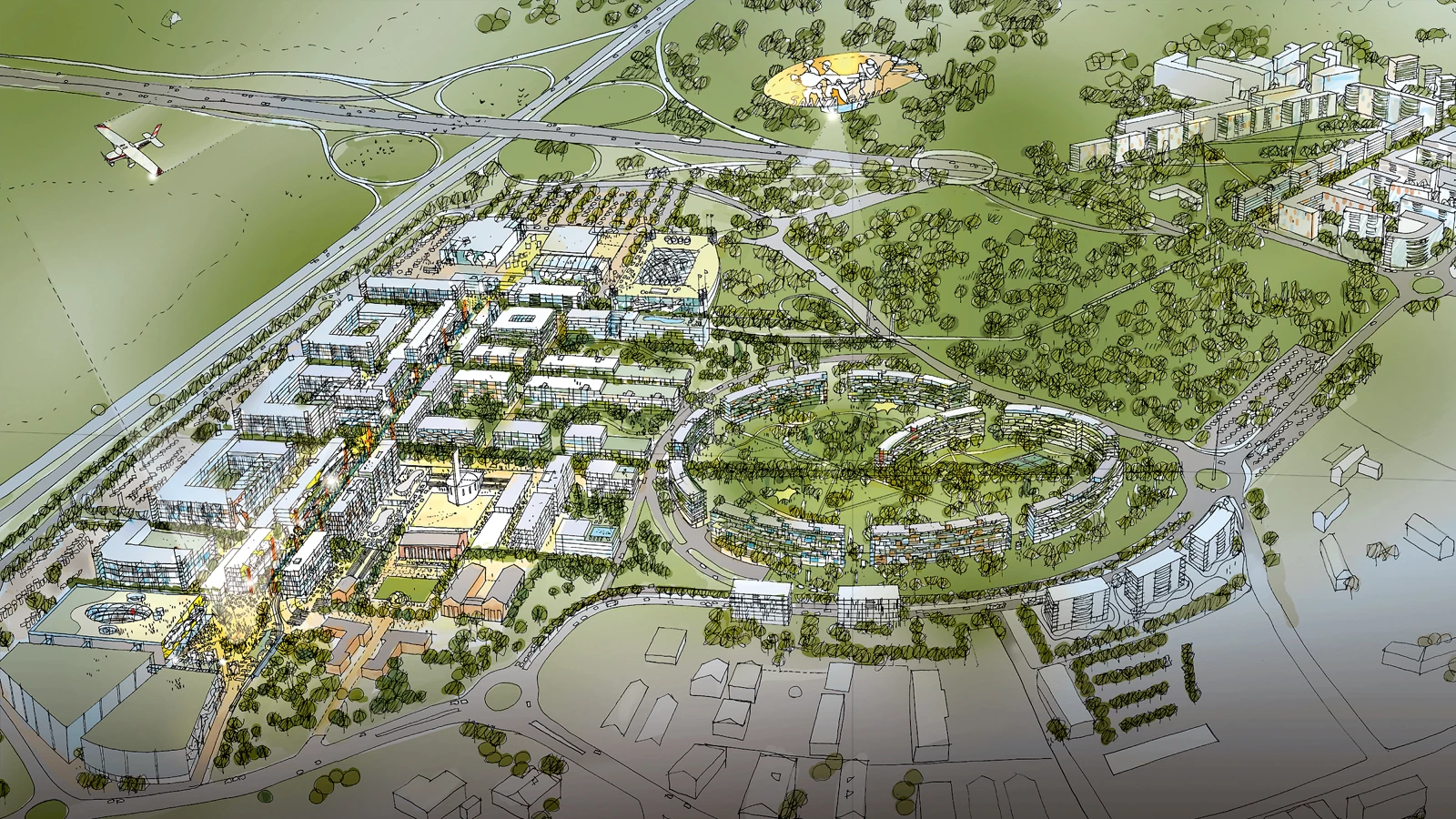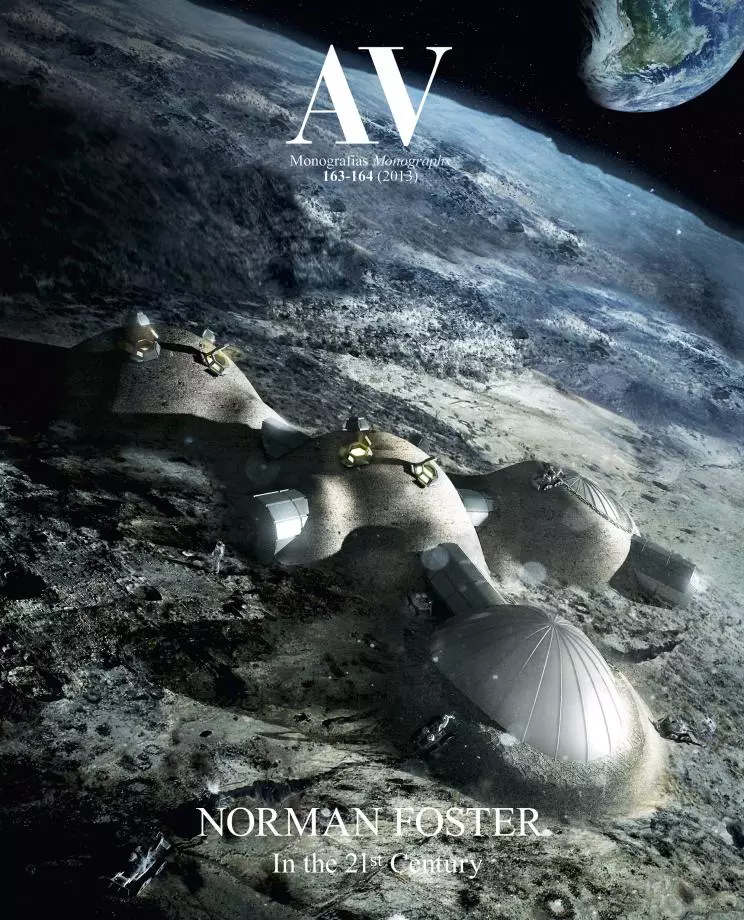Santa Giulia Masterplan, Milan
Norman Foster- Type Landscape architecture / Urban planning
- Date 2003
- City Milan
- Country Italy
The first major intervention in Milan for over 50 years, this project will transform the old industrial area in the southeast of the city into an urban center combining housing, offices, shops, restaurants and cafés with cultural facilities such as a Congress Centre and Exhibition Hall. It will offer the best of living in the city, close to the heart of Milan, yet with the benefits of suburbia, such as fresh air, security and privacy. Essential to the logic of the masterplan is the creation of generous green spaces and a large central park that is a green lung of the city. By combining compact, dense and vibrant environments with open, green breathing space, nature is balanced with urbanity to create a beautiful and safe public realm.
The 1.1 million square metre site consists of three distinct pieces of land with different historical industrial uses. The project turns these derelict and divided areas into a unified, coherent and organic whole. Served by an excellent transport infrastructure, Milano Santa Giulia is highly accessible by road, air and train. Additionally, a tramline runs through the site, and links the subway station to the centre of Milan. Reclaiming 120 hectares of decaying industrial land, the development will provide a resident population of 12,000 people with a balanced and sustainable mix of residential, commercial, social and cultural uses. Designed for diverse appeal to promote a rich variety of residents, the apartments range in size and type from studios to large family residences to a luxury penthouse with a rooftop swimming pool.
A 480-metre long central promenade, with an integral relationship to a series of public squares, is the heart of the development. Punctuated at each end by the Congress Centre and multiplex cinema, it will provide a principal pedestrian route through the site. The width has been set to 24 metres to allow for the tramline, greenery and water features in addition to the pedestrian paths, while retaining the sense of scale and intimacy typical of Milanese pedestrian shopping streets. The 6 metre wide colonnade creates covered spaces on either side, which permits all weather use of this external space. The materials chosen will make contemporary use of traditional materials such as stone, building on the renowned architectural traditions of Milan, in the creation of a new residential, cultural and commercial nucleus.
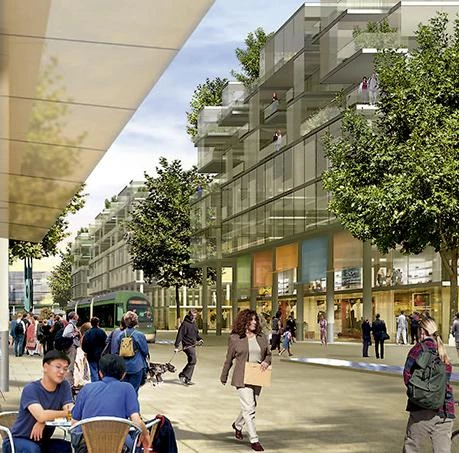




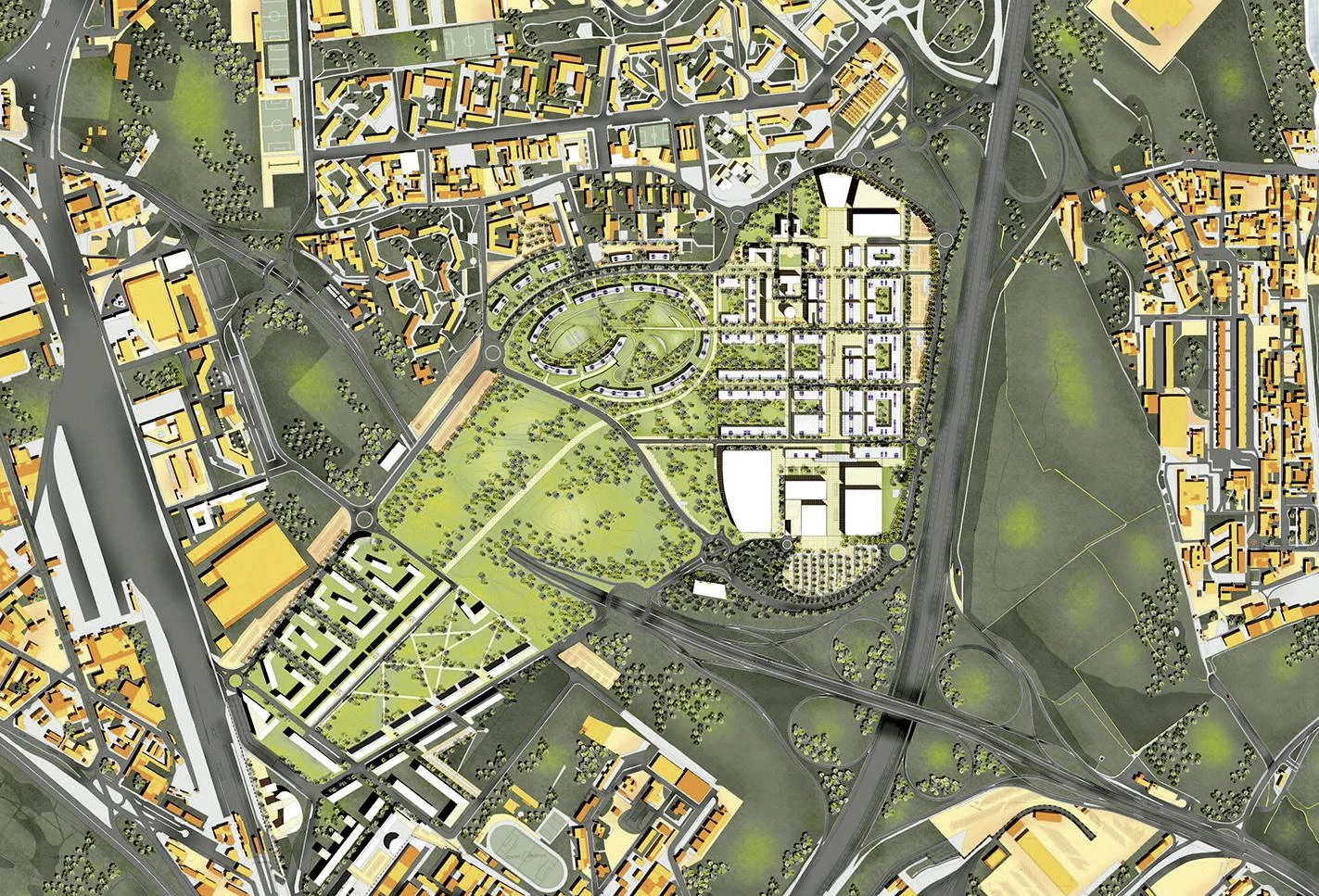



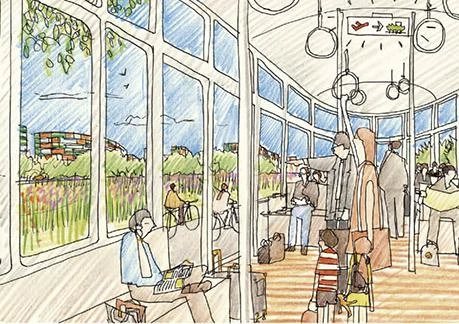

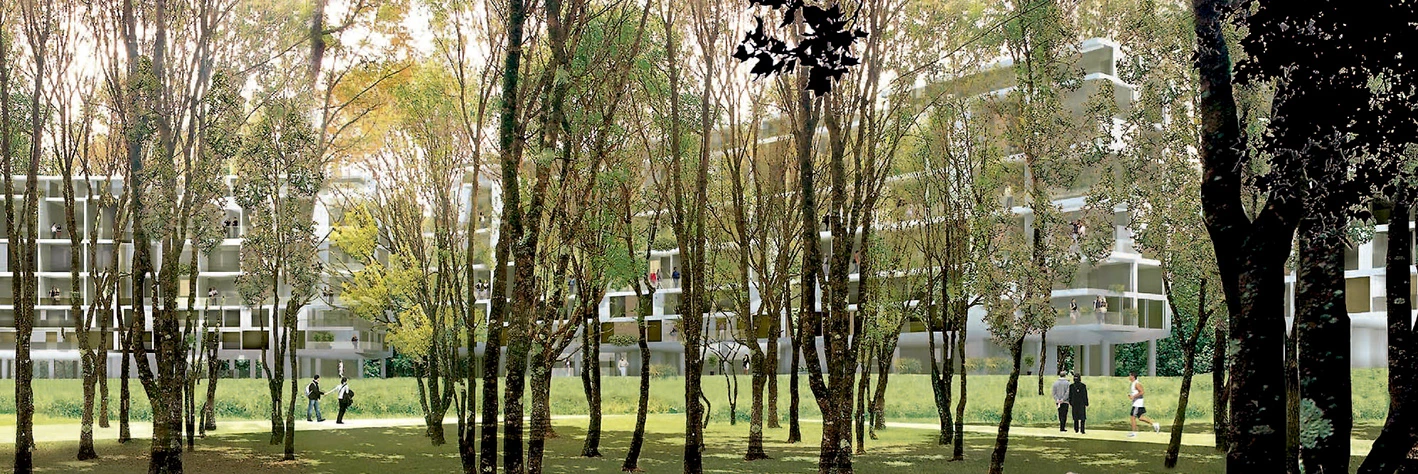
Cliente Client
Milano Santa Giulia S.p.A., Mr Zunino
Arquitecto Architect
Foster + Partners
Colaboradores Collaborators
URBAM, RAUM SRL, Paolo Caputo Partnership, Planikon AG-Arch. Castore
Consultores Consultants
MSC Associati S.r.l. (estructura structural engineering); Larry Smith Italia (aparejador quantity surveyor); Progettisti Associati s.p.a. (instalaciones M+E engineering); West8 (paisajista landscape architect); Battle McCarthy, TRM, Ariatta, Studio Tecnico Zaccarelli

